Costa Blanca
Marine Surveillance increases coastline patrols to protect posidonia seaweed
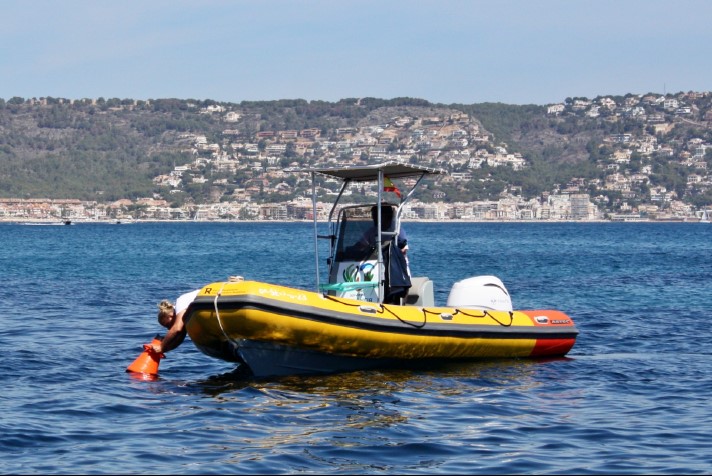
In order to safeguard posidonia seaweed, the Marine Surveillance Service examines 50,000 hectares of shoreline.
The Marine Surveillance Service of the Valencia region is currently surveying 50,000 hectares of coastline in an effort to preserve the posidonia meadows of the Valencian Community by creating a network to monitor marine species, ecosystems, and protected areas.
With the expansion of the surveillance network in 2024, this service—which is subordinate to the General Directorate of Natural and Animal Environment—has been present at sea for 810 days and has sailed more than 37,000 kilometres of the Valencian coastline, setting new records.
The largest deployment since the program’s inception in 2022, comprising a team of 19 marine professionals and eight vessels managed by the Ministry, is the surveillance device, as pointed out by Luis Gomis, Director General of Natural and Animal Environment.
Therefore, El Perelló, Dénia, Alcossebre, Oropesa del Mar, Xàbia, Calp, El Campello, and Torrevieja are the eight base ports from which the vessels embark for the work.
Two additional vessels will join the existing network of watchdogs in 2024 to do control and surveillance duties off the coasts of L’Albufera and Dénia. “This network for monitoring marine species, habitats and protected areas allows us to collect all the information of interest on nautical activity and to report on the ecological and regulatory importance associated with posidonia oceanica,” Luis Gomis stated.
In its three years of operation, the Marine Surveillance Service has successfully decreased the amount of anchors found in posidonia meadows. Environmental officials have also started boarding the service’s boats in September 2024 to report these breaches.
Five nautical clubs have begun a new initiative this year to disseminate regulations related to seagrass meadows: Club Náutico Oropesa del Mar, Marina El Portet in Dénia, Club Náutico in Moraira and El Campello, and the Real Club Náutico in Torrevieja.
Schedule for tracking
As part of the Posidonia monitoring plan’s presentation day in Alicante, the Spanish Department of Environment, Infrastructure, and Territory convened a group of specialists from throughout the country to assess the species’ situation in the Valencian Community.
The decline of our beaches, loss of biodiversity, and worsening water quality are all things that posidonia works to combat, as the head of the natural and animal environment directed attention to. “This species acts as a barrier against erosion, provides oxygen, and provides shelter for species of interest,” he continued.
Contamination by wastewater, hydrocarbons, and coastal building is a major threat to posidonia. Also, because people tend to anchor without thinking, water activities might lead to more direct attacks.
Preserving areas
Seagrass meadows, including Cymodocea nodosa meadows, are regulated for conservation in the Valencian Community by decree 64/2022. The Generalitat is designated as the entity responsible for surveillance, inspection, and control, and the necessity of a monitoring plan is contemplated in this decree.
Specifically, the conference-analyzed monitoring plan from 2024 defines a protocol for sampling places by depth ranges, from the beach to depths surpassing 25 meters, and investigates the conservation status of the Valencian Community’s meadows.
The project has enabled the creation of a network for monitoring the marine coastline and studying the nautical uses of each space in the Natura 2000 marine network. Researchers, law enforcement agents, and Maritime Rescue have received logistical support and technical advice from this network, thanks to the efforts of coastguards and environmental agents.
Our seagrass meadows “are currently in a good state of conservation, however, there is a wide margin for improvement in their recovery in those areas where they have been reduced or disappeared,” Gomis noted during this session. “It is our duty and our responsibility to redouble our efforts and work side by side towards this common goal,” he added, hence the reason.
Discover more from Costa Blanca Daily
Subscribe to get the latest posts sent to your email.
Costa Blanca
Two years in prison for smashing a glass in a young man’s face
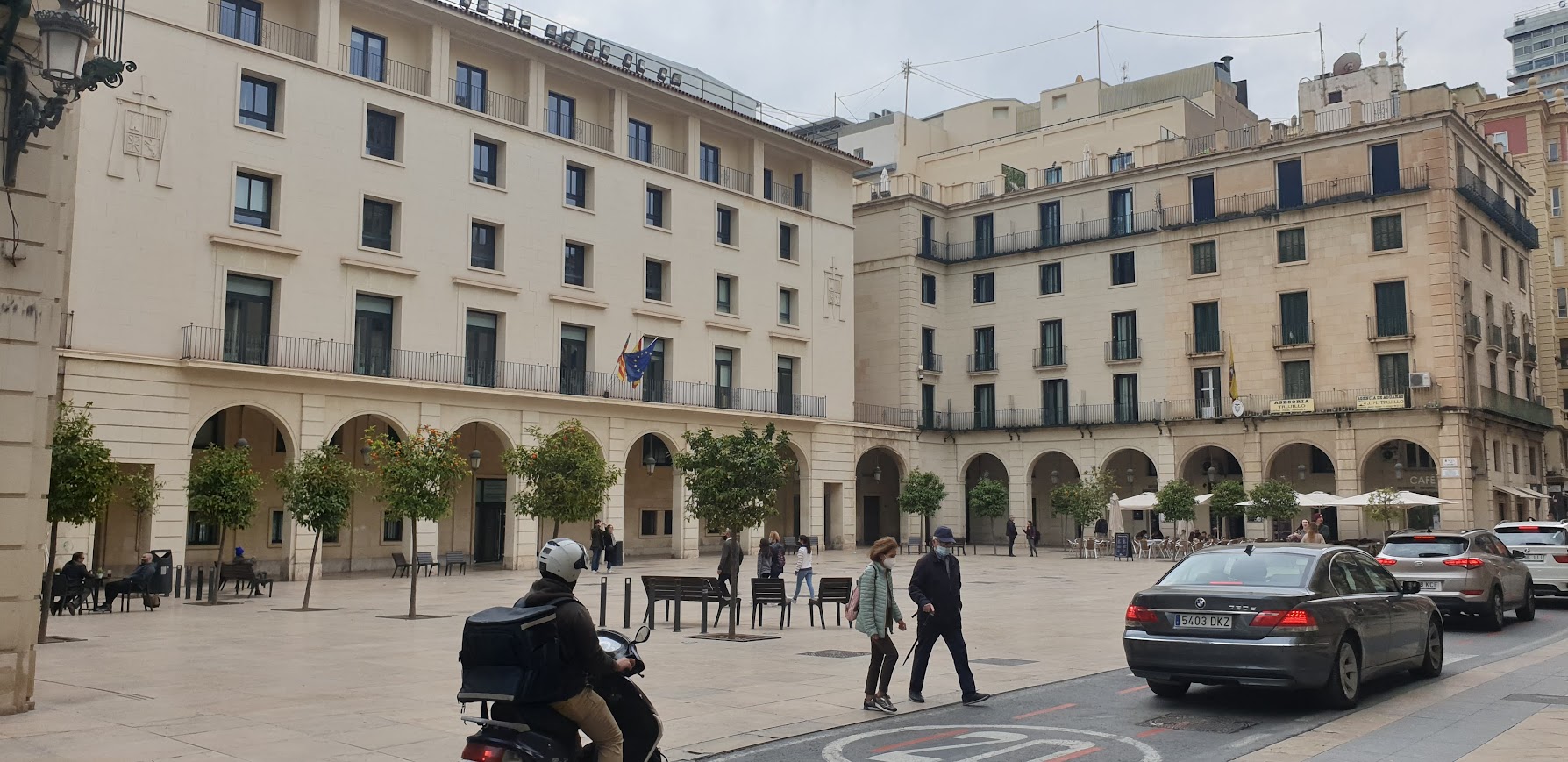
The Alicante Court has sentenced a 33-year-old man to two years in prison for assaulting another man and causing facial injuries by breaking a glass during a dispute at a nightclub in Aspe.
The defendant, who was 27 years old at the time, arrived at the establishment with three other unidentified individuals at approximately 5:10 a.m. on February 17th, 2019. The altercation ensued within the establishment.
The victim was involved in an incident with the four for reasons that remain unexplained. The defendant struck him in the face with a glass, resulting in a fracture that needed medical attention, and the four individuals who were present at the time began punching and shoving him.
The victim, who was 22 years old at the time of the incident, required 63 days to recuperate from the injuries sustained in the attack, according to the sentence issued by a court in the Tenth Section.
At the commencement of the April 14th hearing, the defendant acknowledged the assault after reaching a resolution with respect to the allegations. Consequently, the sentence determines that he is guilty of the offence of bodily injury with deformity. Consequently, he is sentenced to two years in prison, with the sentence suspended.
Additionally, the court ruling mandates that the victim be prohibited from approaching within 300 metres for a period of three years and that he be awarded €9,000 in compensation, with the obligation to pay the sum in monthly instalments of €500.
Discover more from Costa Blanca Daily
Subscribe to get the latest posts sent to your email.
Costa Blanca
Torrevieja fails to comply with its commitment to open new road at La Hoya for Easter
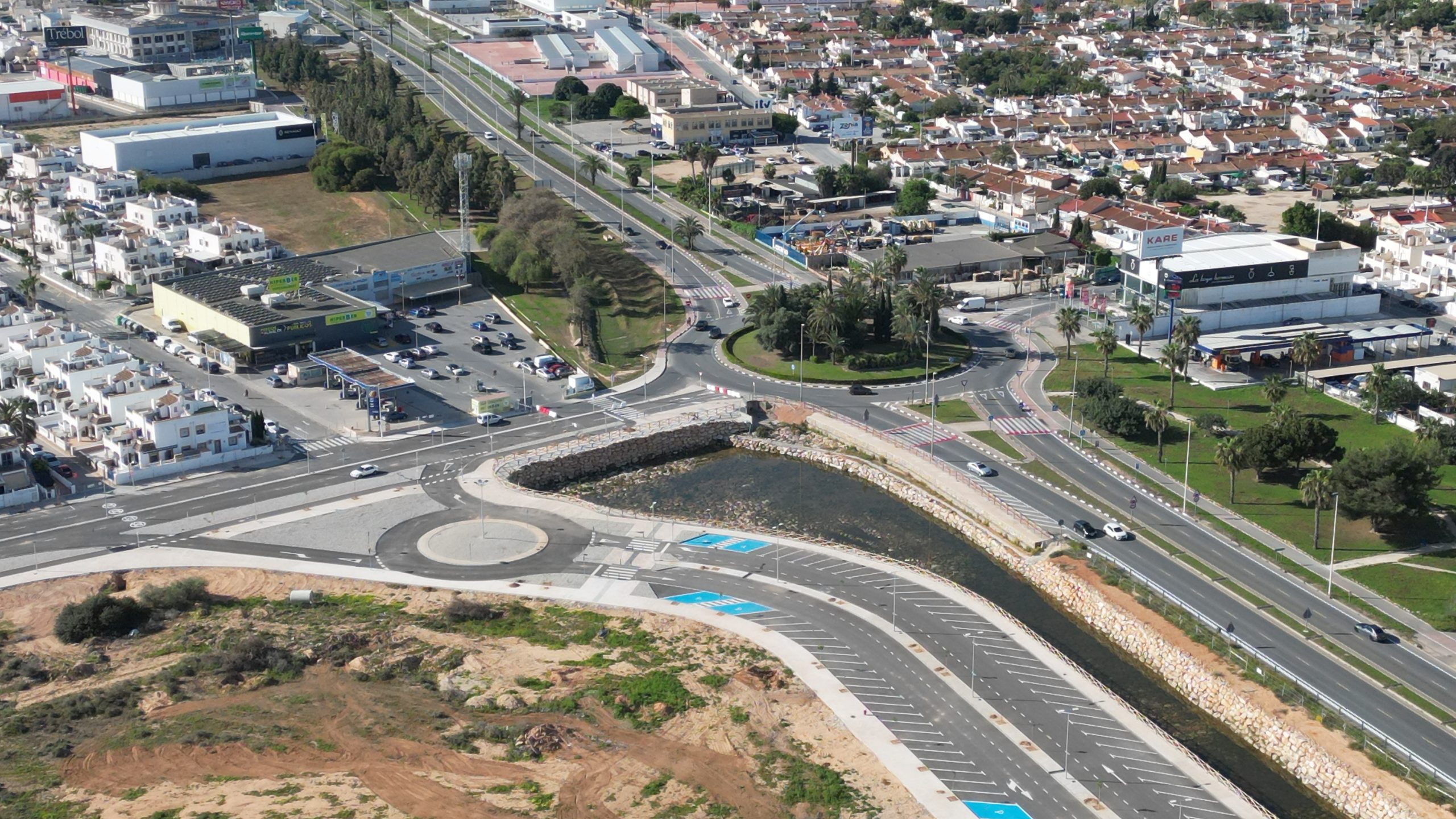
Eduardo Dolón (PP), the mayor of Torrevieja, announced at the beginning of April that the new Avenida José Carreras in the La Hoya residential area would be open to alleviate some of the traffic flow between the main access and exit road to the city, the CV-905, and the northern part of the town this Easter. However, the mayor’s announcement remains unfulfilled.
In his press conference last Thursday, April 17th , the Councillor for Traffic and Safety, Federico Alarcón, did not provide any explanation regarding the matter. Neither did the government team, even on Instagram, which is typically one of their primary communication channels.
This Easter Sunday, the road is still closed to traffic.
On April 3rd, Dolón responded to media enquiries by stating that municipal technicians and representatives of the developer had conducted numerous meetings to facilitate the opening of the four-lane avenue to traffic, with two lanes in each direction.
Given the significant tourist influx during Easter and the congested CV-95, the opening of this road was considered appropriate. By doing so, it would alleviate the traffic congestion.
The mayor clarified that the City Council must certify the first phase of the development being constructed, while a provisional acceptance of that section of road will be conducted.
Through the administrative process of reception, technicians verify that the works executed by a developer within an urban development plan that has been authorised by the municipality are in accordance with the project’s investment and on-site characteristics.
Víctor Costa, the Director General of Urban Planning at Torrevieja City Council, is currently responsible for validating receipts. It is crucial to consider the administrative process, as it is exceedingly challenging to hold the developer accountable in the event that the City Council identifies deficiencies subsequent to receipt.
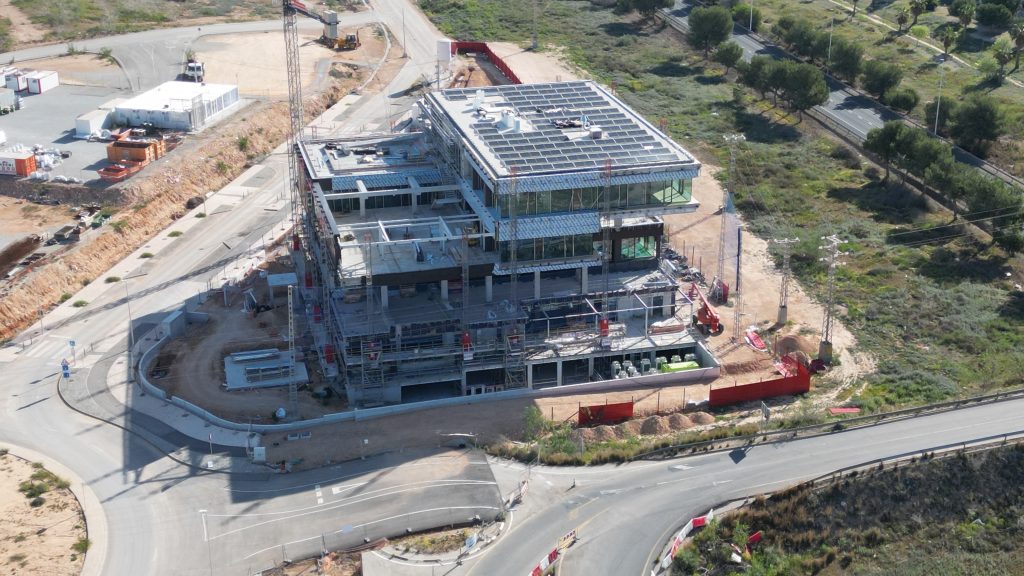
The avenue is more comprehensive than those implemented in other developments in the area in terms of furniture, signage, safety, pedestrian conditions, and accessibility; it spans over one kilometre and the end of the new road, near the N332 (above) doesn’t look fit for traffic as there appears to be a steep incline making it impossible for the likes of buses to naviagate.
The connection between the CV-905 and the northeast area of the Torrevieja municipality has been closed for just over a year. This closure was due to the construction of the macro-urban development project, which will build 7,500 new residential homes in the sector starting in October 2023. The road, which is commonly referred to as the “swiggly road,” is used daily by hundreds of drivers to traverse the city centre.
This year, the Traffic Department has devised an alternative route that traverses numerous residential areas.
Discover more from Costa Blanca Daily
Subscribe to get the latest posts sent to your email.
Costa Blanca
Walkway from Aguamarina to La Caleta in Cabo Roig will reopen, again

According to the notification from the Provincial Expropriation Jury to the Orihuela City Council following its approval of the court’s appraisal report, the municipal coffers will incur a cost of 26,180 euros for the expropriation of the land to reopen the pedestrian crossing connecting Aguamarina with La Caleta in Cabo Roig, near the Bellavista development.
The City Council has now requested that the Treasury deposit the specified amount in the receptacle and proceed with the preoccupation of reopening the promenade this summer.
Unable to reach an agreement, the local government and the proprietors brought the process before the provincial jury. Almost 17 times the municipal technicians’ calculation (€69,113), the proprietors presented a valuation of €1.2 million for their 227-square-metre cliffside plots in January of last year.
Nevertheless, this proposition was a decrease from the 3 million euros that they had initially requested. The 52 residents of the residential complex have established a price of approximately 170,000 euros for the 142 square meters of land that is to be expropriated, which is a decrease from the previous price of 2 million euros. Conversely, Cabo Roig SA has requested 987,000 euros (previously 1 million euros) for 85 square meters of hotel use. The City Council’s initial assessment was 44,000 euros.
The jury ultimately found that the City Council had to pay just over €26,000. The 2024 budget allocated €600,000 for the expropriation of the land and the necessary works to reinstate an idyllic pedestrian promenade along the Orihuela coastline. This should be kept in mind. This promenade has been accessible to the public for many years, but it has been closed since December 2021. The City Council closed it in accordance with a court judgement, which necessitated a two-kilometre diversion for residents and numerous visitors to circumvent a section that was only 60 metres in length.
The residential development was authorised prior to the Coastal Law and the General Urban Development Plan (PGOU) of 1990, which mandated that the initial line be used for public purposes. Nevertheless, the City Council refrained from expropriating this section, which ensured the promenade’s continuity along the entire littoral. In 2013, the residents of the development constructed a wall to seal off the path that runs along the precipice and is adjacent to the gardens of their residences.
In 2013, the local government, at the request of the socialist Antonio Zapata, the councillor for urban planning at the time, initiated the process of restoring urban planning legality against the development. The process involved the installation of a barrier and a wall, which impeded traffic on the section.
In March 2015, City Hall employees employed sledgehammers to breach the gate and wall, thereby allowing the public access to the trail, with the support of the Supreme Court of Justice (TSJ). In 2016, the Elche Administrative Court ruled in favour of the residents of the development, annulling the rulings and directing City Hall to restore the cliff walkway at the Bellavista I residential complex, which was never considered public property.
Although the local government has been appealing its enforcement, the ruling became final when the City Council, which was then governed by the People’s Party (PP), did not appeal. The Provincial Coastal Service reported in May 2017 that a right of way impacted the land in Aguamarina. Consequently, the 52 residents of the residential complex were unable to close the passageway and were required to maintain it undisturbed.
The City Council filed an appeal against the October 4th, 2018, order, which ordered the fencing and restitution of the demolished wall. The TSJ overturned the appeal in a November 2020 ruling, stating that the wall was legally constructed by the residents prior to the implementation of the current Coastal Law, which is the foundation of the Provincial Coastal Service’s right of way discussion. The City Council assumed the report and was subsequently obligated to execute the 2016 ruling, which mandates the reconstruction of the demolished perimeter fence and annuls the 2013 agreement of the Governing Board and the 2015 demolition decree.
Therefore, in December 2021, it was once again closed to adhere to the ruling, which mandated that the City Council restore it to its original condition.
Discover more from Costa Blanca Daily
Subscribe to get the latest posts sent to your email.
-
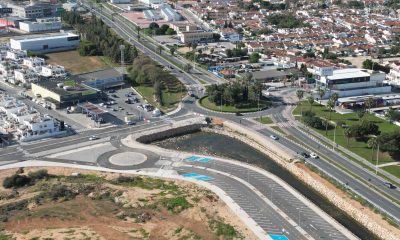
 Costa Blanca1 day ago
Costa Blanca1 day agoTorrevieja fails to comply with its commitment to open new road at La Hoya for Easter
-

 Costa Blanca6 days ago
Costa Blanca6 days agoTorrevieja records a 2.8 magnitude earthquake
-

 Costa Blanca2 weeks ago
Costa Blanca2 weeks agoThis week the DGT will issue over 64,000 speeding tickets
-

 Costa Blanca2 weeks ago
Costa Blanca2 weeks agoSix arrested for the use of AI to defraud over 19 million euros
-

 Costa Blanca1 week ago
Costa Blanca1 week agoSpanish family killed in helicopter crash in New York
-

 Costa Blanca2 weeks ago
Costa Blanca2 weeks agoBeware if you receive an orange envelope in your postbox
-

 Costa Blanca2 weeks ago
Costa Blanca2 weeks agoWhy aren’t salaries in Spain rising while everything else is?
-

 Costa Blanca2 weeks ago
Costa Blanca2 weeks agoPolice are investigating a shooting in Alicante
